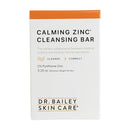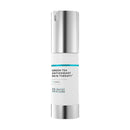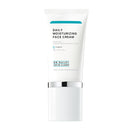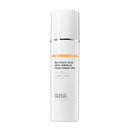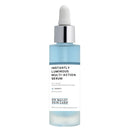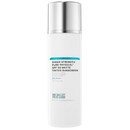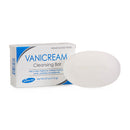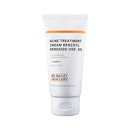How to Avoid Painful, Ingrown Hairs By Your Groin

Do you have painful, ingrown hairs by your groin? Hairs ingrow when the growing hair-shaft fails to exit the follicle opening, and instead, it makes a dive into the surrounding skin – piercing through the follicle-lining into the dermis or coiling up into a large mat inside the follicle.
Dermatologist's Tips to Deal with Ingrown Hairs
- Why do ingrown hairs form?
- What causes them to be more likely to form around your groin/pubic region? (Does shaving increase your risk, for example?
- What can people do to lower the risk that they'll have an ingrown hair near their groin?
- What should you do if you happen to get an ingrown hair, anyway?
- At what point should you see a doctor?
When you actually free the trapped hair, it can be startlingly long. If it entered the dermis, you will see redness, pus and tenderness around the hair. That’s because the dermis considers a hair shaft a “foreign body” just like a splinter or thorn and attacks the shaft of hair. If the ingrown hair is trapped entirely in the follicle, it doesn’t cause inflammation.
Why do ingrown hairs form?

Ingrown hairs form because a growing hair fails to exit the follicle opening or coils back around and reenters the skin after exiting the follicle. This can create redness, inflammation and pain in the skin.
What causes them to be more likely to form around your groin/pubic region? (Does shaving increase your risk, for example?)
Pubic hairs are curly and coiled. This makes the hair shaft behave like a corkscrew. When you shave the hair, you sharpen the end, giving it a nice point to pierce the lining of the hair follicle.
Friction in the groin from walking and the rubbing together of skin, or skin with clothing in the inguinal folds (creases where your legs join your groin), will also increase the risk of ingrown hairs. Waxing pulls hair out by the root, and regrowth begins at the base of the follicle.
A hair often takes a month or so to exit a follicle. And, during this time, it is at risk for getting trapped. Hair growth also cycles, and when a new hair eventually grows up from the base (anagen phase), it has an opportunity to get trapped instead of successfully exiting the follicle opening.
What can people do to lower the risk that they'll have an ingrown hair near their groin?
You can exfoliate the skin with a shower mitt, cloth or sponge to help keep dead skin from covering the hair-follicle openings. Make sure to keep your shower cloth dry and clean between uses.
I also tell my patients that if they are going to wax or shave groin hairs, they should exfoliate regularly in the shower for several weeks to a month afterward. Wearing loose clothing to help reduce friction of the skin has helped, too.
Try my Salux Cloth used with my Triple Action Exfoliating Cleanser in the shower to gently keep skin exfoliated to help prevent groin ingrown hairs.
What should you do if you happen to get an ingrown hair, anyway?
The only way to treat an ingrown hair is to free the hair. In my office, I use a sterile needle to lance the overlying skin, and I use splinter forceps to help the hair reach the skin surface.
If the hair is still attached to the base of the follicle, I leave it so that the follicle can heal. Often, the hair is no longer attached and is easily removed, much like removing a splinter. The skin needs to be disinfected first with rubbing alcohol or Hibiclens to help prevent infection.
At what point should you see a doctor?
You need to see a doctor if the ingrown hair is red, hot and tender because it can become infected.
For more tips and information, sign up for our free eNewsletter here.
References:
YoramMilner, Corrections to “Exogen, Shedding Phase of the Hair Growth Cycle: Characterization of a Mouse Model, Journal of Investigative Dermatology, Volume 120, Issue 6, June 2003, Pages 1138-1139
Barry Ladizinski, M.D et. al., Pseudofolliculitis barbae: a dermatoscopic correlate, Dermatol Pract Concept. 2013 Apr; 3(2): 53–54.


